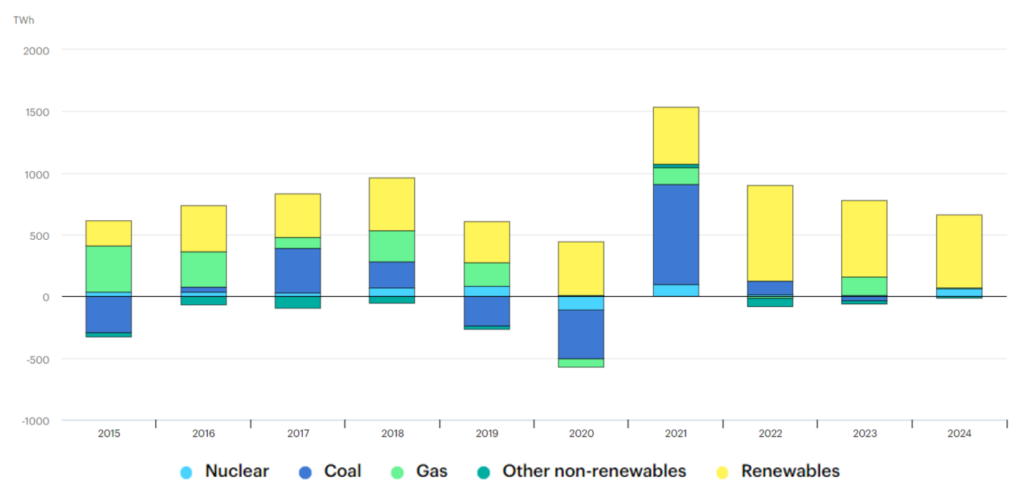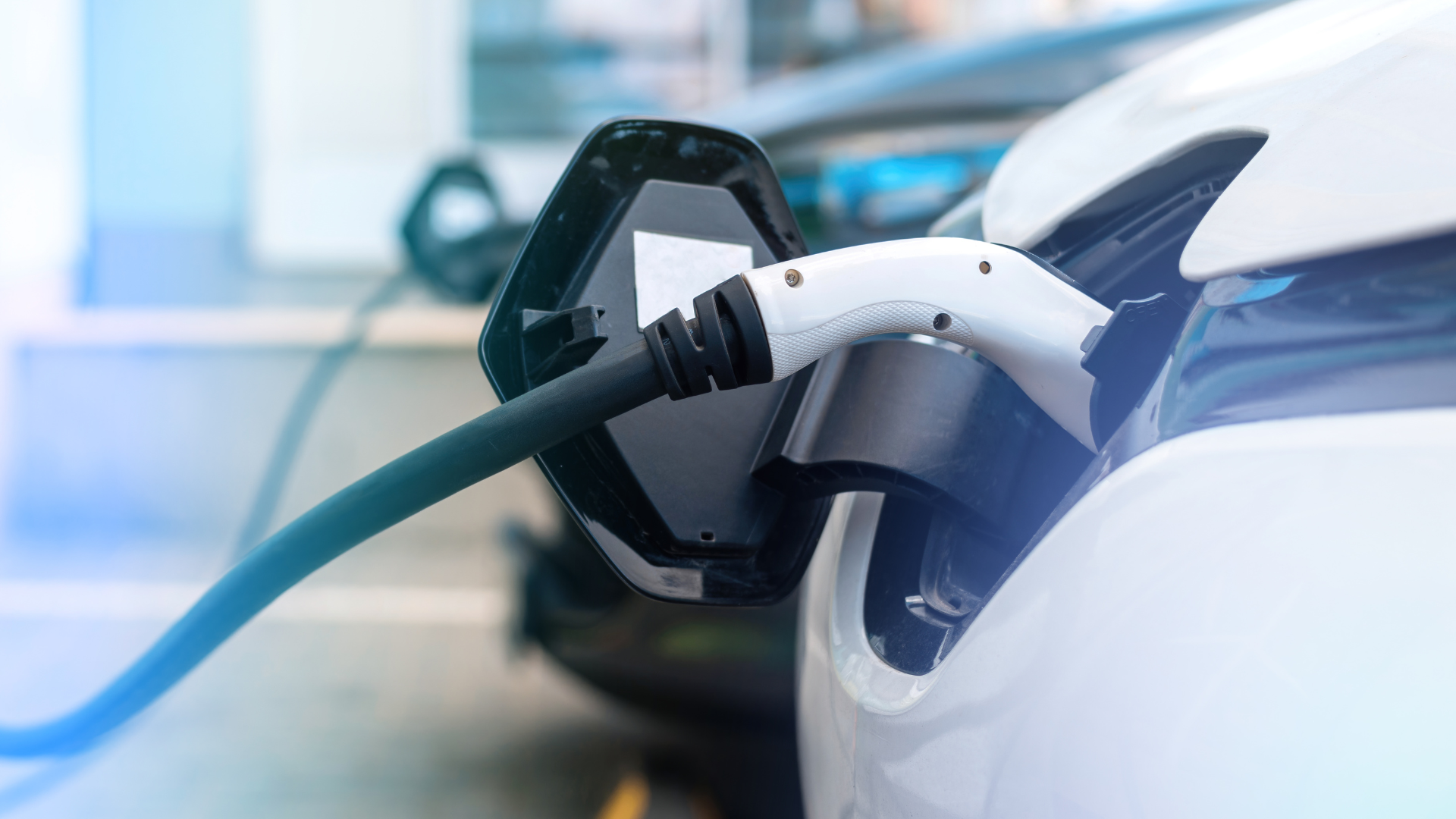Have you ever stopped to think about the origin of the electricity that reaches your home and could be powering your electric car today? After falling about 1% in 2020 due to the impacts of the Covid-19 pandemic, global electricity demand grew approximately 5% in 2021 and is expected to grow another 4% in 2022, driven by the global economic recovery.
Rising electricity demand was a key reason global CO2 emissions from CO2 emissions from the power sector back to record levels in 2022.
Electricity generation is currently the largest source of energy-related CO2 emissions , accounting for 36% of total emissions, according to the International Energy Agency. In 2021, 45% of the additional electricity demand was met by fossil-fuel generation, and in 2022, fossil fuels are expected to once again cover 40% of the surplus, with nuclear power accounting for the remainder. As a result, carbon emissions from the electricity sector, which fell in 2019 and 2020, increased by 3.5% in 2021 and are expected to increase by another 2.5% in 2022, which would bring them to a new all-time high.
Year after year, the share of the global population with access to electricity has been growing: it jumped from 83% in 2010 to 90% in 2019. With the spread of electrification, the number of people without access fell from about 1.2 billion in 2010 to 759 million in 2019. Continued progress was made from 2017 to 2019, culminating in 130 million people gaining access to electricity each year, slightly more than the average of 127 million people who gained access each year between 2010 and 2017. However, rural areas still represent 84% of the global population living without access to electricity, a total of 640 million people, according to the International Bank for Reconstruction and Development.
Even though electricity supplies the daily needs of more than 7 billion people, the population's consumption is approximately 30% of total production. The industrial and commercial sectors account for another 35%, with consumption primarily driven by metallurgical companies, the food industry, and retail. Finally, agribusiness accounts for the remaining 35%.
Thus, it will take a few more decades to truly assert that electric cars do not pollute the environment: Renewable energy is expanding rapidly, but not enough to meet global demand. In this context, the International Energy Agency, together with its 30 member countries and 8 associated countries, advocates for central policies to establish the transformation of the electricity sector, aiming to achieve net-zero CO2 emissions by 2050. With new policies and incentives from global financial institutions, the trend is for significant investments in renewable sources to increase the energy mix for electricity generation, making it increasingly cleaner year after year, which has already been occurring since 2015, as can be seen in Figure 1.

Figure 1: Global changes in electricity generation, 2015-2024 (IEA Electricity Market Report –
Jan. 2022).
Aiming to make the energy production chain increasingly renewable and efficient, Quasar Space offers intelligent solutions for the strategic planning and monitoring of solar farms and wind farms. Using high-resolution satellite imagery, the company provides services to determine the optimal location for installing wind turbines and photovoltaic panels, considering geographic and climatic parameters. Furthermore, the use of devices for individual generator monitoring allows the identification of operational failures in specific equipment, providing the necessary information for specific repairs, thus reducing annual costs associated with generator maintenance. Finally, in traditional solar farms, the energy collected tends to vary depending on the time of day and season. Using Quasar Space's integrated adaptive satellite system, the panels receive information on the ideal angle (tracker) in relation to the incident sunlight and automatically change their positions, optimizing energy capture.

